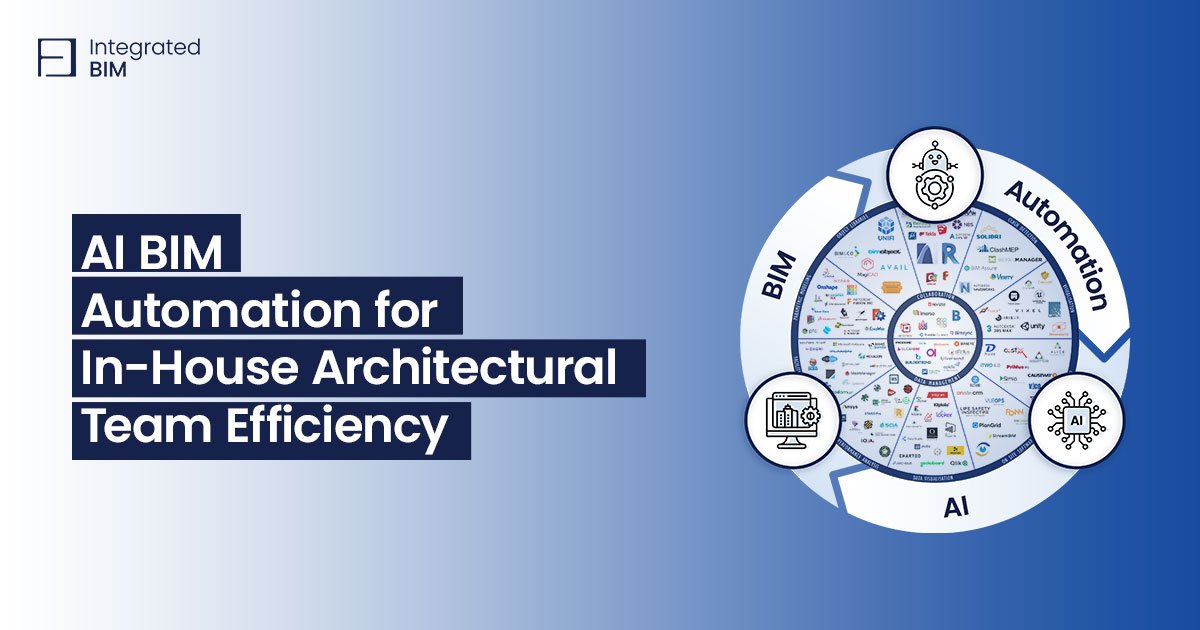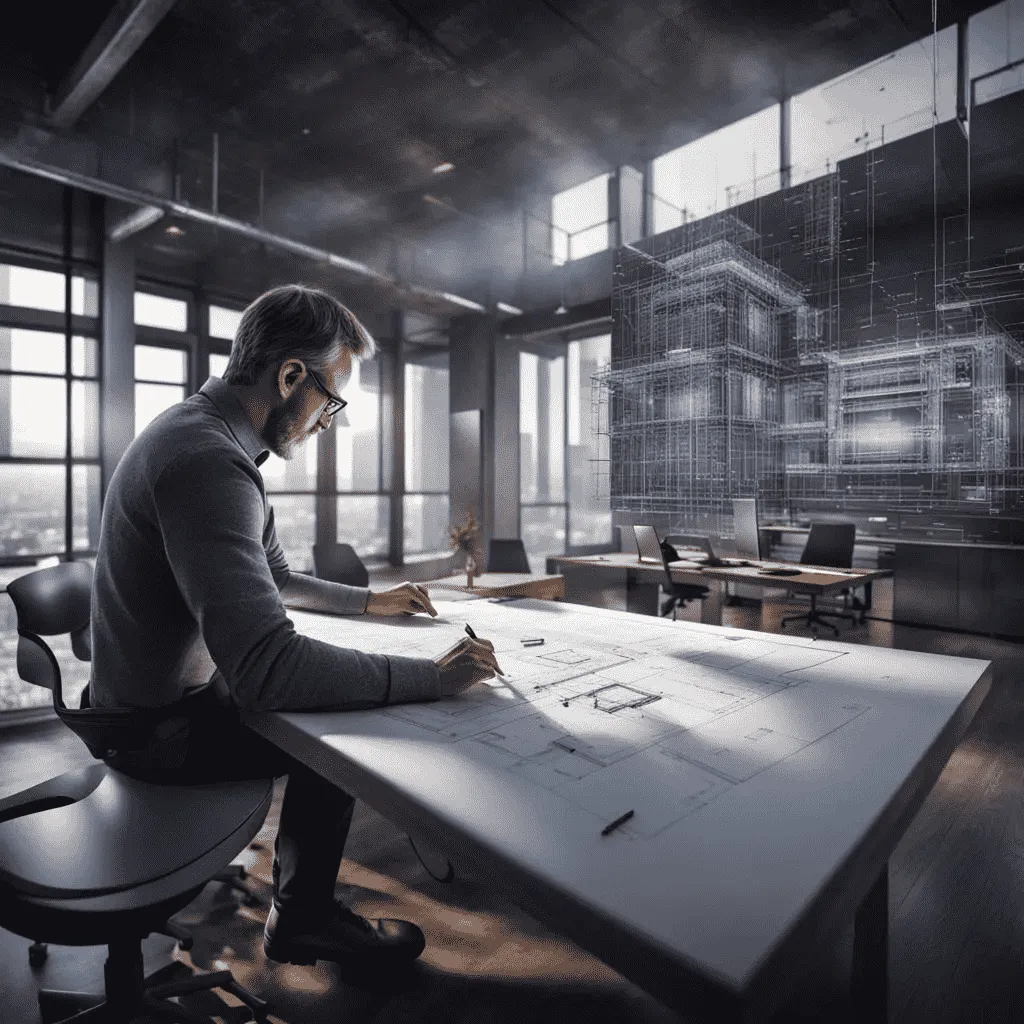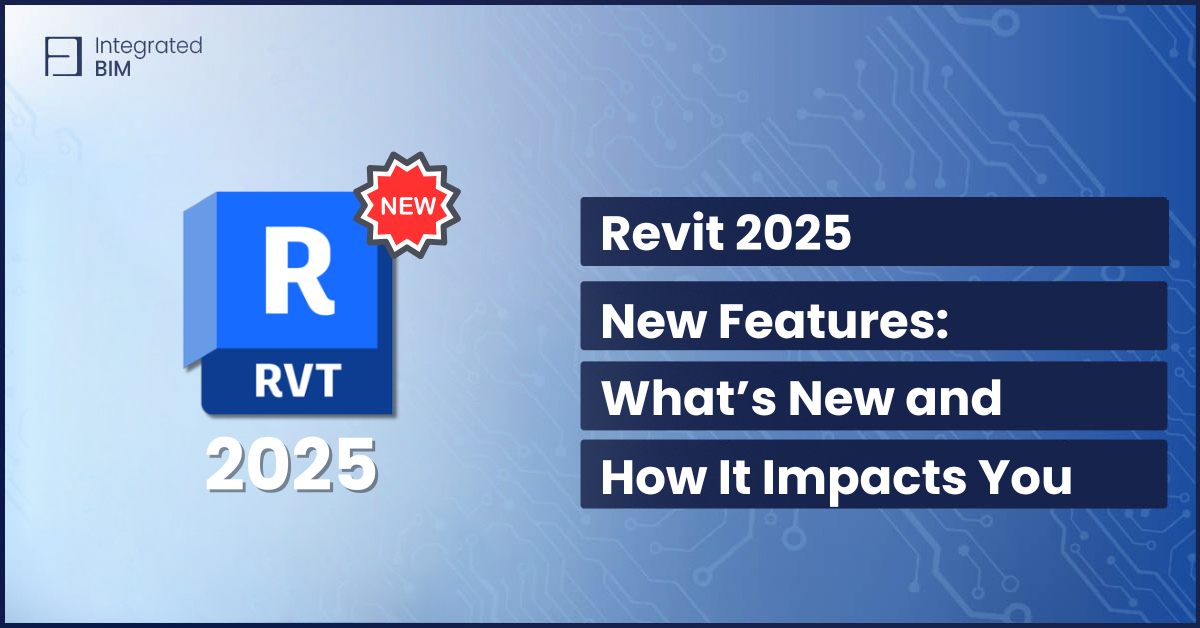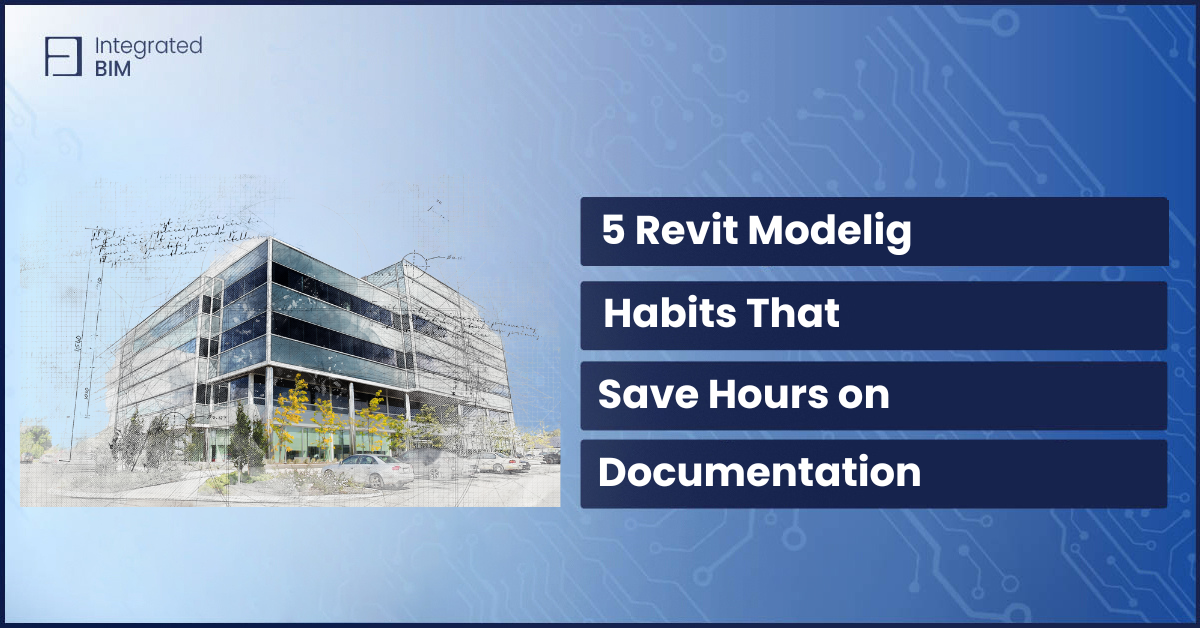It’s crucial to recognize that it’s not just about AI, BIM, or a specific software — it’s about automation—the key to unlocking substantial time and cost savings for architectural firms, especially important to small and medium-sized companies. The revolutionary impact of AI-powered automation in BIM lies in its ability to optimize workflows, allowing firms to achieve more with their existing teams.
This shift from constant expansion to strategic automation is driven by the understanding that time saved through automation translates directly to cost savings. It’s a call to action for every architectural company, whether small, medium, or large, to consider optimizing and automating their workflows. This approach enables firms to achieve greater efficiency without the need for continuous hiring or outsourcing services.
The Evolution of BIM and the Role of AI
BIM has long been the backbone of architectural projects, providing a collaborative and data-rich platform for design, construction, and operation. However, as projects become more complex and data-intensive, the need for advanced tools like AI has become increasingly apparent. AI brings a transformative layer to BIM, enabling machines to analyze vast datasets, identify patterns, and make intelligent decisions— tasks that would be time-consuming or even impossible for human operators.
What’s New in AI BIM?
The new frontier in AI BIM introduces capabilities beyond traditional modeling. Machine learning algorithms can now predict project outcomes, optimize designs based on historical data, and even automate routine decision-making processes. This shift from manual intervention to automated intelligence is a game-changer, allowing architects to focus on creative aspects while leaving repetitive and data-intensive tasks to AI algorithms.
The Significance of AI in BIM
The importance of AI in BIM lies in its ability to enhance the efficiency and accuracy of architectural workflows. Tasks that once demanded considerable time investments, such as clash detection, quantity take-offs, and energy analysis, can now be automated with AI. This not only accelerates project timelines but also minimizes errors, leading to higher-quality designs.
How AI-Driven Automation Changes BIM
Automation is the true force behind the synergy of AI and BIM. It’s not merely about adopting AI or BIM separately; it’s about leveraging automation to streamline processes, saving architects valuable time that translates directly to cost savings. With AI handling routine tasks, architects can focus on creativity, problem-solving, and client collaboration.
Artificial intelligence can improve processes by identifying new patterns that we do not yet know. However, not all decisions in architectural project planning are predictable or efficient. Factors such as aesthetics, market trends, marketing strategies, the perception of the public, and the interests of the parties involved (clients, promoters, architects, and managers) have always been key elements in the equation. As long as humans remain responsible for the final decision, artificial intelligence will be subject to conventional decisions.
The Cost and Time Equation
In the architectural industry, time equates to money. Hiring new staff or outsourcing services to meet increasing workloads can strain budgets and compromise project timelines. AI-powered automation in BIM presents a viable alternative. By optimizing workflows and automating repetitive tasks, architectural firms can achieve more with their existing teams. This not only improves the bottom line but also empowers architects to take on more ambitious projects without exponential increases in overhead costs.
Embracing Optimization and Automation
Every architectural firm, regardless of its size, should consider the transformative power of optimization and automation. It’s about redefining workflows to achieve maximum output with minimum input. AI BIM isn’t a luxury reserved for large corporations; it’s a necessity for all firms seeking to remain competitive in the rapidly evolving architectural landscape.
A New Dawn for Architectural Efficiency
As we navigate the intersection of AI and BIM, it’s essential to recognize the transformative potential of automation. The focus is not on the adoption of separate technologies, but on the holistic integration that redefines how architectural firms operate. Embracing AI-powered automation in BIM isn’t just a step forward; it’s a leap toward unparalleled efficiency, cost savings, and a future where architects can achieve more with their existing teams. It’s time for every architectural firm, small, medium, or large, to consider how optimization and automation can revolutionize their workflows and propel them into a new era of architectural efficiency.
Automation stands as a critical cornerstone. It plays a pivotal role in simplifying intricate processes and expediting repetitive tasks, allowing professionals to focus on creative and strategic aspects of their work. It’s not just about incorporating BIM, AI, or a specific software, rather, the key lies in identifying the right tools for your needs and automation.
This pursuit necessitates an investment of substantial time and effort in testing numerous options to discover the perfect fit. In our commitment to staying at the forefront, we engage in daily testing and exploration of AI BIM tools. If you find yourself in need of guidance to select the optimal tool for your unique requirements, don’t hesitate to reach out to us.










